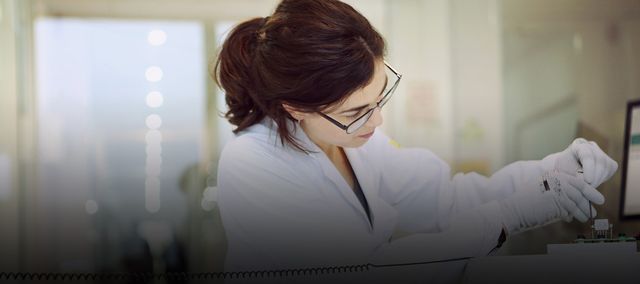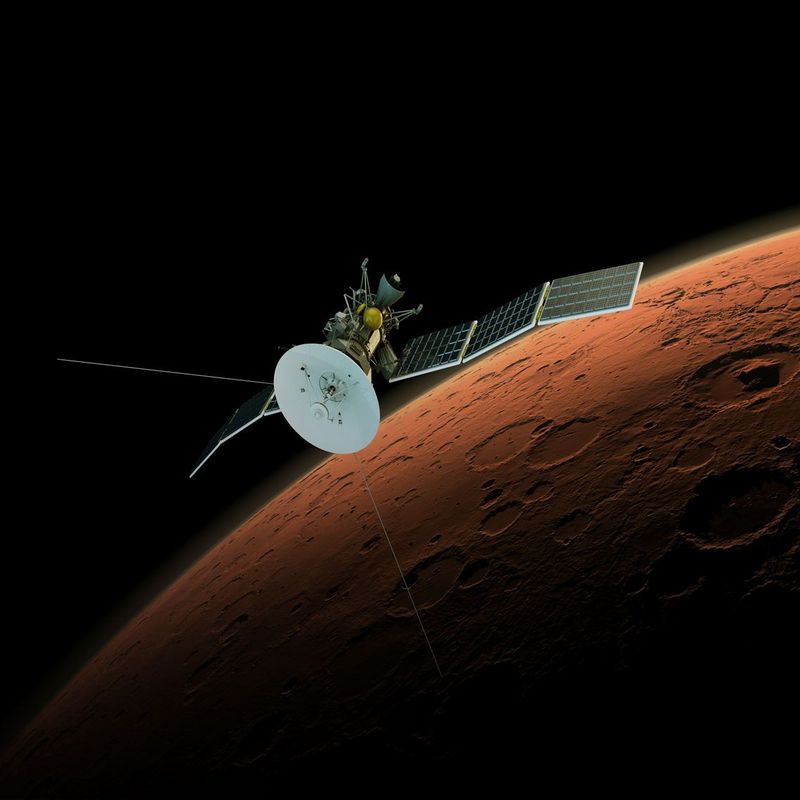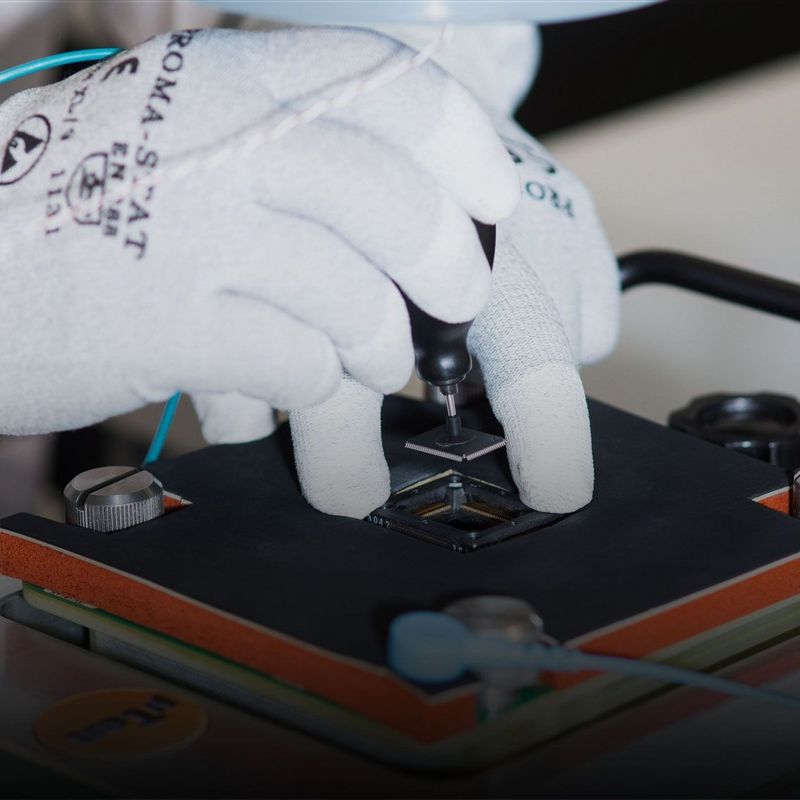14 June 2017
At a cost of over 850,000 euros, ALTER TECHNOLOGY TÜV NORD (ATN) has modernised its own laboratory. ATN is now once again able to compete on a level playing field and is ready for the new ESA projects that it hopes to be able to tackle in the context of the Cosmic Vision 2015 - 2025 programme.
Those responsible at ATN have done the job properly once and for all and modernised their own high-tech laboratory from the bottom up. They have spent the sum of € 850,000 to put the company back on a par with space agencies and component manufacturers. “Aerospace and microelectronics continue to evolve rapidly, and we need always to be on the same level as the rest of the industry,“ says David Nuñez, EEE parts division director. “Which is why innovation and investment in the latest laboratory technologies are absolutely necessary.“ He speaks with confidence when he says that the ALTER TECHNOLOGY labs are “a showcase for the technical skills of our company. Progress and continuous improvement are part of our DNA, and will remain so.“
ATN is the market leader in Europe when it comes to the provision of engineering, procurement, testing and logistics services for the electronic components to be used in the aerospace industry. The company has participated in most of the European space projects in the area of component technology, procurement and testing. However, customers in India, Japan, China, Russia, Israel, Brazil and Argentina also trust the specialists at ATN. But even specialists will reach their limits if the technology is no longer able to meet the new requirements of the customers. “Laboratories are complex facilities,“ says laboratory director Manuel Domínguez, “technically highly sophisticated and very expensive to build and maintain. Which explains why it’s to challenging to plan and build them; renovations are a major challenge for everyone, especially for the management, the project management team, but also for the workers.“
„Aerospace and microelectronics continue to evolve rapidly, and we need always to be on the same level as the rest of the industry.“
Hundreds of decisions need to be taken before the start of the work, Domínguez says, and “at the end of the day, it depends on these decisions whether the lab functions as was originally intended and how successfully it can be kept at the highest technological level.“ Fortunately, he had the right people in the right place at the right time: the quality is exactly what it should be, and the schedule and budget have been complied with. This can by no means be taken for granted with such complex plans.
© TÜV NORDHere parts are scrutinised under the microscope using an external visual inspection.
The planning started in the first half of 2016. The workers only came once it was clear when all the contractors would have time for the work and all the material they needed was available: They worked with complete focus in three shifts around the clock for two weeks to complete the work as quickly as possible without unduly interfering with ongoing laboratory operations: Bricklayers, painters, plumbers and calibration technicians worked in relays to complete the work on time and to hand over the laboratory.
50 motivated employees in the lab
The beneficiaries are of course the 50 employees who are now getting to work in a freshly redesigned work environment. But they have also now been granted a lot of new opportunities with all the new technology they have been given. However, this means that the staff first had to learn how to take advantage of the new opportunities. Mr Domínguez: “The staff were 100%-motivated to familiarise themselves with the new technology and its possibilities. It was plain to see that they wanted to use the new opportunities right away.“
The new test procedures that have now been made possible include temperature shock tests. These are required to test the reliability of units with electronic components, known as packages, when they are exposed to a sudden change of EMF or temperature. In this procedure, the packages are cyclically immersed in liquids. “These tests are extremely important to find out whether a product can resist thermally induced changes in size, whether the requirements for tear strength, thermal integrity and changes to the electrical properties are being met and the product can function properly even under extreme conditions.“
Sometimes, components need to work continuously for over 15 years.
To verify this, tests are carried out for singlechip systems which pool all or many of the functions of a programmable electronic system on a single chip, that is to say, an integrated circuit. Faults must not be permitted to occur, and maximum performance must be available at all times: Components used in the aerospace industry are subject to the most extreme of challenges. Swapping components is possible after launch only in the rarest of cases: If it is to go into space, then it needs to work. Which, for the most part, the components do: The aerospace industry uses known and proven technologies which work reliably even in extreme environments. Sometimes, components need to work continuously for over 15 years. And the experience gathered by ATN and used to assess new components is growing with every tested part; this is because the company also performs precise analyses to establish how a component stands up in practice.
© TÜV NORDPerforming X Ray to detect internal physical defects.
And the company’s knowledge is evolving: Markets and customers are calling for better and faster products, which is why laboratories such as that of ATN are in demand. The rapid development of electronic components is having a huge impact on the nature of the tests and the time available to perform them, even where the market concerned is a niche one. ”We don’t have the luxury of focusing only on highly sensitive measuring instruments; everyday things like cleanliness and protection against electrostatic discharge also play an important role,“ says lab director Manuel Domínguez.
Well equipped for future tasks
With the new lab, ATN is well equipped for the tasks to come. ”What has become known as New Space, where a lot of small, low-cost satellites and Cubesats are being used almost exclusively with modern mass market electronics, is a unique growth opportunity for our organisation and our laboratory,“ says David Nuñez with an eye trained firmly on the future.
New testing techniques which focus on reducing costs and thereby saving time in the laboratory are just as much of a challenge as those that relate to the interaction of components and no longer just to individual ones. ”We’re rising to the challenge,“ says David Nuñez and adds: ”Our expertise, our new lab and our highly qualified staff offer the perfect conditions for us to continue to successfully support our customers with their projects.“







